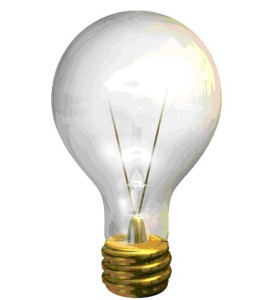 As summer draws to an end, exposure to UV rays from the sun becomes less of a concern for us. However, we’ll find ourselves using electric light more and more, as the nights start to draw in.
As summer draws to an end, exposure to UV rays from the sun becomes less of a concern for us. However, we’ll find ourselves using electric light more and more, as the nights start to draw in.
As with UV rays from the sun, some people with SLE are also sensitive electric light. Since the the EU directive banning the 40W incandescent bulb, came into force on September 1st 2012 (60W and 100W were already banned) this problem was exacerbated for those of us with lupus. This is because the energy saving halogen lightbulbs that replaced them emit significant levels of UV light, compared to the old incadescent bulbs which only emitted very low levels.
You will probably have already found, that if you try to buy incandescent bulbs from supermarkets or large retailers now, that they are no longer available. So if you are UV sensitive, it’s worth being aware that you can still buy incandescent bulbs from most small independent hardware shops, Maplins and online. This is because the ban does not include lightbulbs being sold for “rough service”. These incandescent bulbs are made with toughened glass, fit standard bayonet and screw fittings and are more or less the same price as the old incandescent bulbs. Whilst they obviously don’t have the long life, energy saving characteristics of halogen bulbs they may be worth considering for rooms such as your living room, where you are more likely to receive many hours of electric light exposure during the winter evenings.
If you’re interested in reading more about the science behind the different kinds of light waves that can cause problems in patients who are photosensitive, this article by Dr. Kays Kaidbey gives an in depth explanation of of how exposure to different types of lightbulbs can affect people with lupus.
